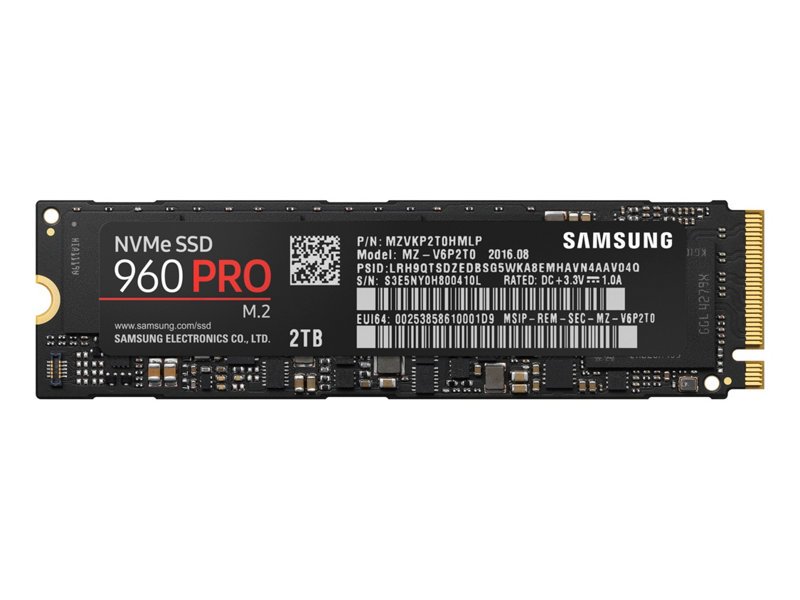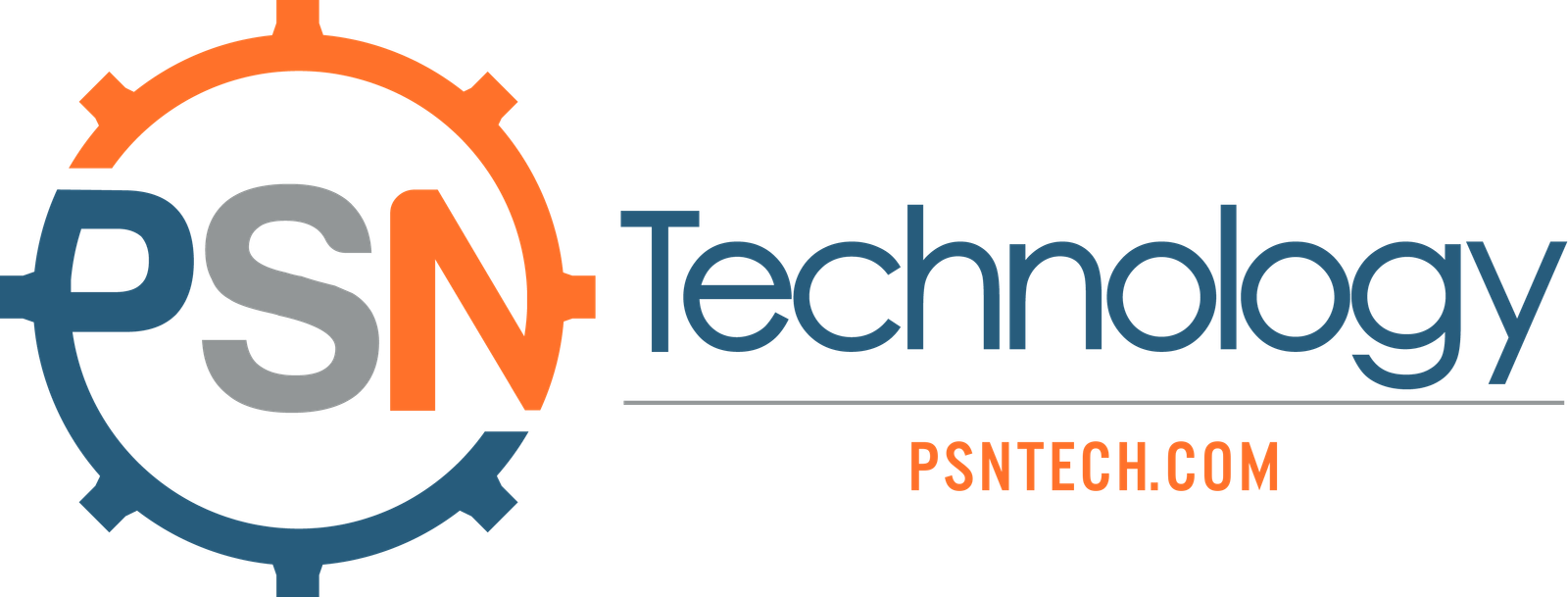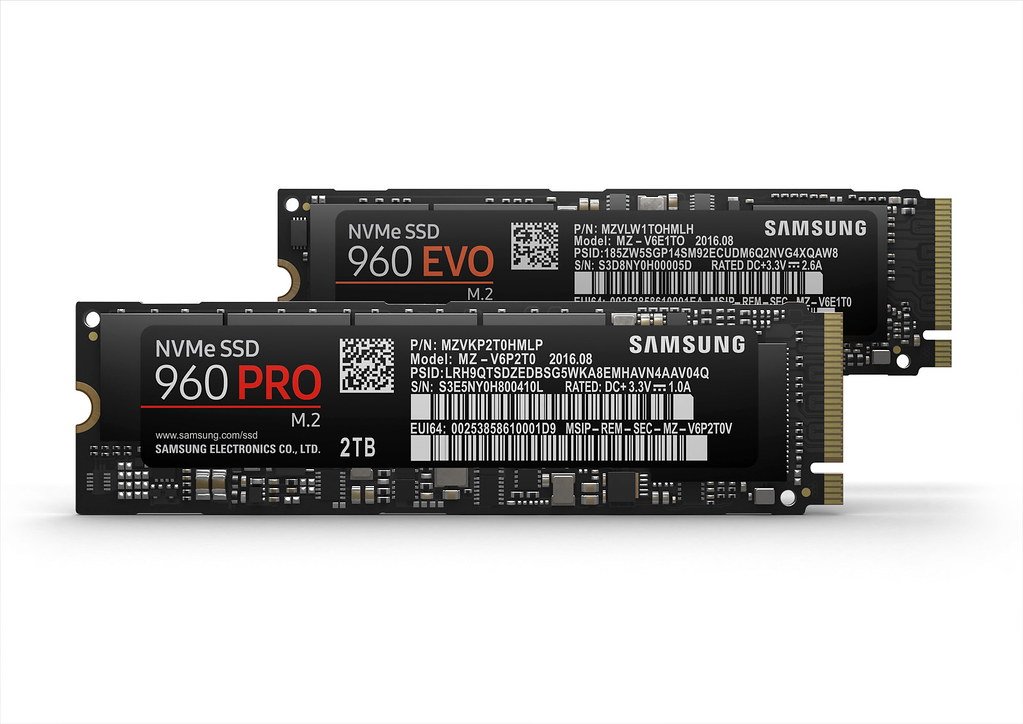What It Is
This new communications standard was developed for solid state drives and was a collaborative effort among major technology companies including Intel, Samsung, and Dell. For business owners, the bottom line of the technology is this: it allows a hard drive to act like super-fast memory (the advantage that we all expect from an SSD) and it is a leap in productivity because most SSDs, while faster than spinning hard drives, are like faster hard drives, which is not the improvement that the technology is capable of delivering.
Another way to think about it: NVMe means instant response – never waiting for your computer to respond.
Looking for Speed? The Real Solution Lies in Storage
We often think that data speed depends primarily on things like the CPU or the amount of RAM installed. But those components have not changed as rapidly – or had as much impact – as the evolution in storage technology. The evolution from spinning drives to solid state drives, to NVMe SSDs represents huge leaps in performance.
The NVMEA SSD in a newer Macbook is a good example – users know that those devices are faster than anything they’ve used in the past – 4 to 10 times as fast as SATA SSDs, which were 10 times as fast as spinning hard drives.
Technologies Compared
When making decisions about purchasing or upgrading computer systems, it is helpful to understand some of the terms you have undoubtedly heard:

PCI Express – or PCIe – is a huge leap from older storage technology. The 16 data “lanes” that this technology provides for graphics-heavy programs, for example, each carry 1 GBPs of data. PCIe is also the technology supporting Thunderbolt which, when launched years ago, supported challenging external graphics and as well as fast storage.
Year after PCIe, NMVe appeared and represents a significant improvement over technology that was already considered cutting edge. Previous improved PCIe still employed older data transfer protocols the were developed for hard drives. NMVe drives do not use these protocols and, instead of treating data as if it spinning on a physical drive, support the transfer of data written as if it were shot from a gun.

Can I Add NMVe to My Current Systems?
It depends.
If your system supports NVMe and has M.2 slots, you can upgrade easily. For older systems, there are inexpensive PCIe slots that can act as an adapter. However, the technology requires the ability to boot from the operating system, and most older systems cannot provide the required BIOS support.
So, the technology is great – but be careful about trying to upgrade systems that are too old to support such an investment.
Be a Smart Buyer

Not all NVMes are the same – products from well-known brands will have read speeds that range from 1.2 GBps to 3 GBps – a major difference in speed and productivity. In addition, buying a large capacity drive in the past meant that much of that space was available for the user – not the system. The NMVe SSDs devote a larger portion of storage for cache, meaning that an 80% full SSD starts to see a degradation in performance. Buying “just enough” storage isn’t necessarily a smart strategy.
A Good Business Decision
NVMe is the storage technology you want for your current or next PC. It means that you are less likely to replace your computers for years. A good investment, we think.
Where Do I Start?
We have the expertise to help you get started, and to make a smart investment. Please contact me for more on how PSN Technology can help your business.
Philipp Emma | philipp@psntech.com | 313-792-8082 x 202

